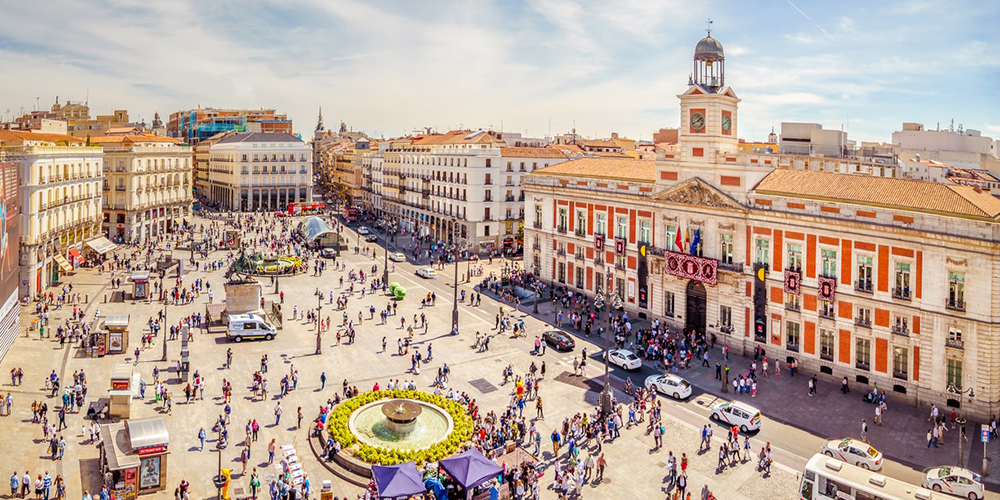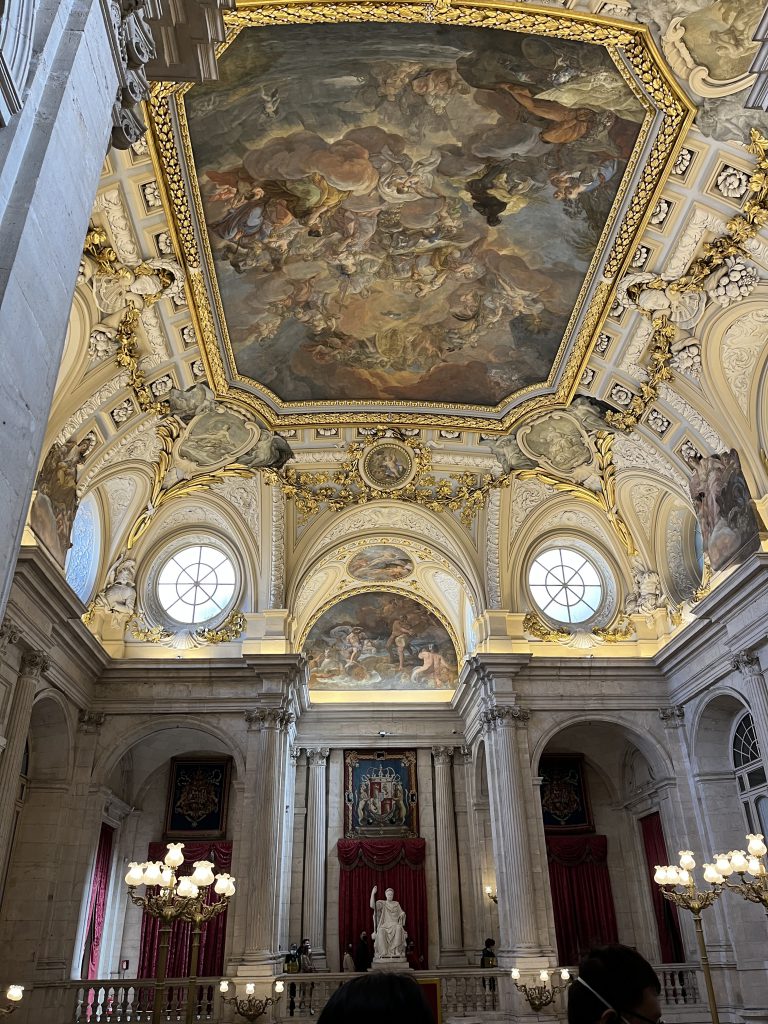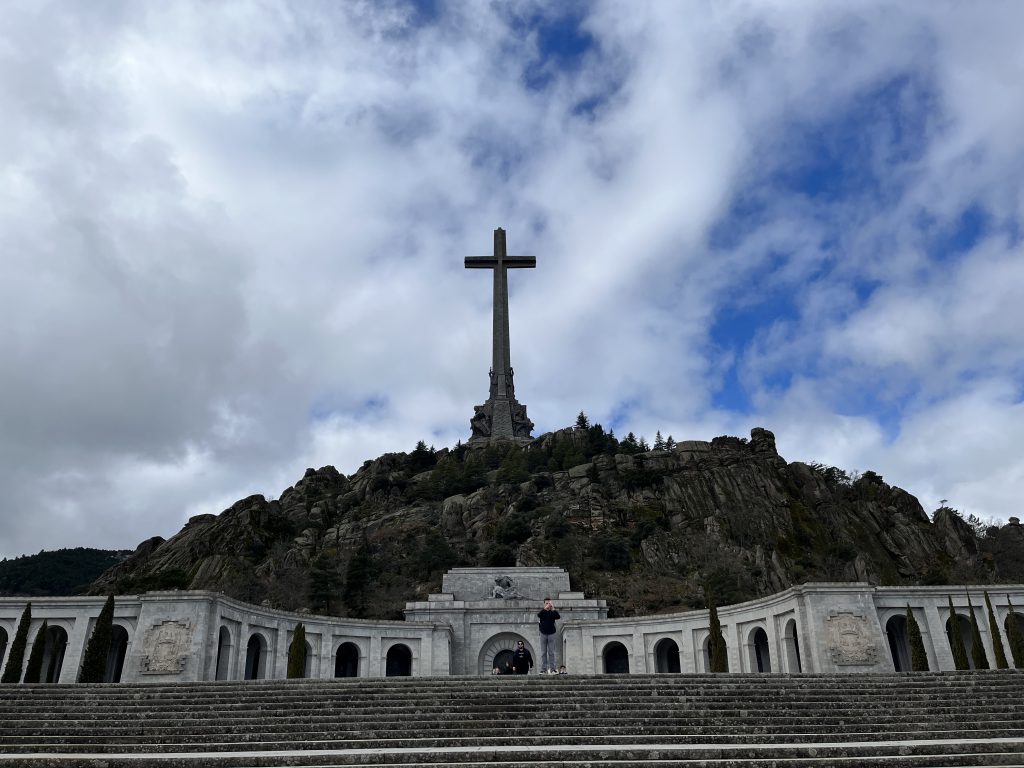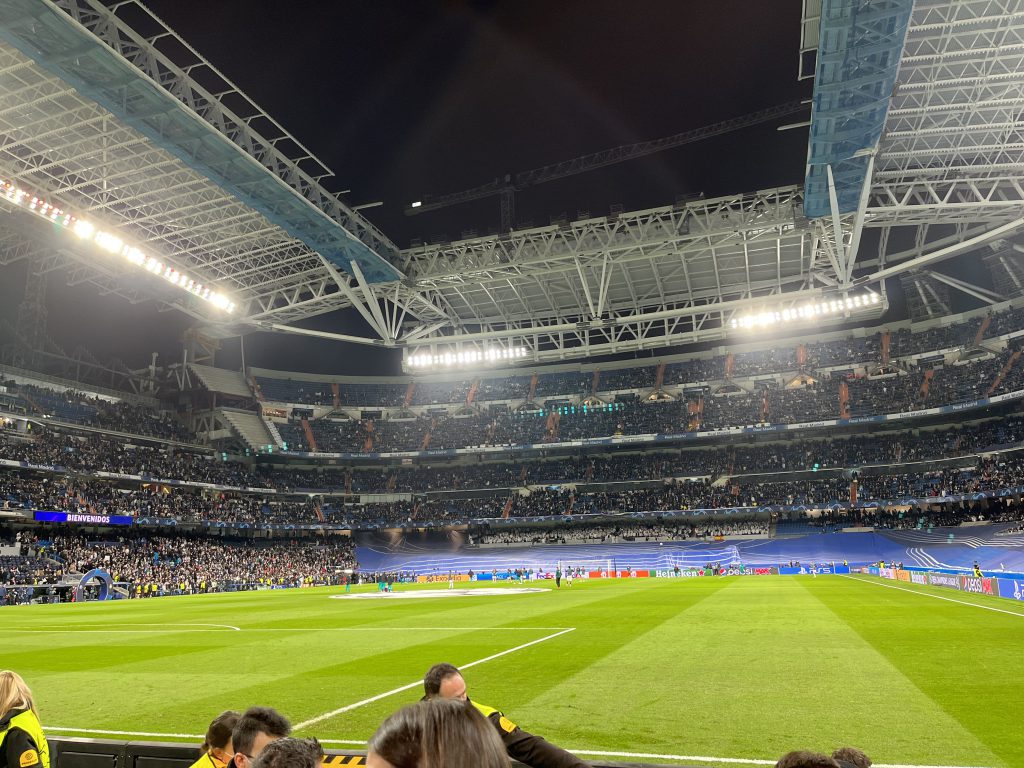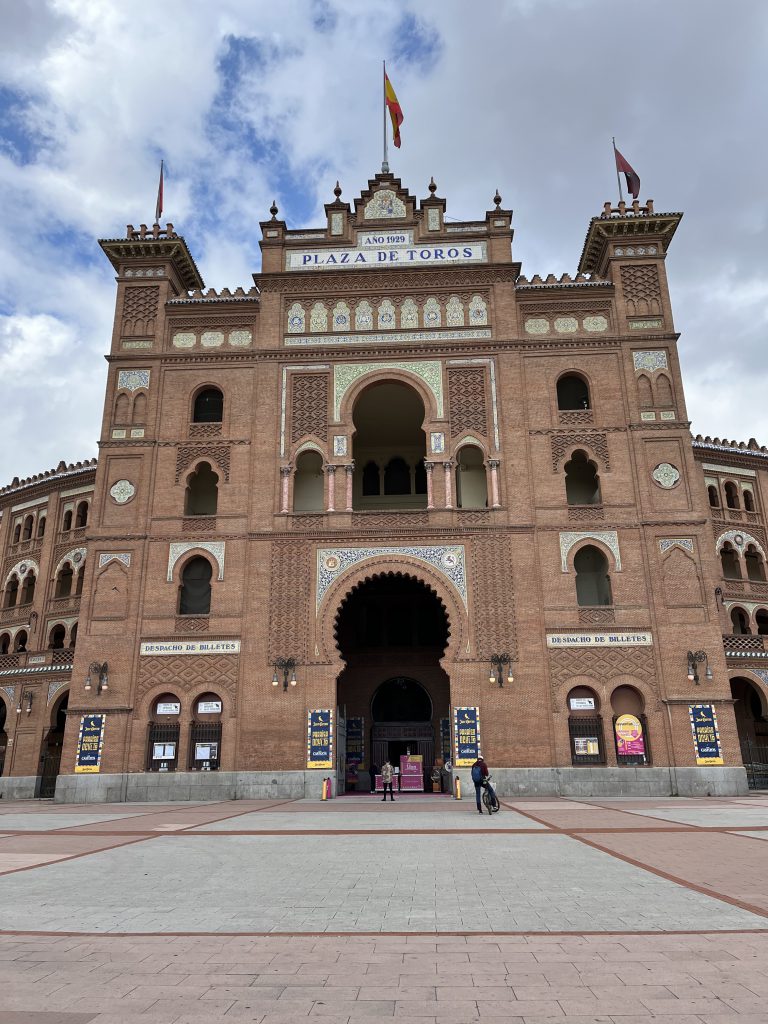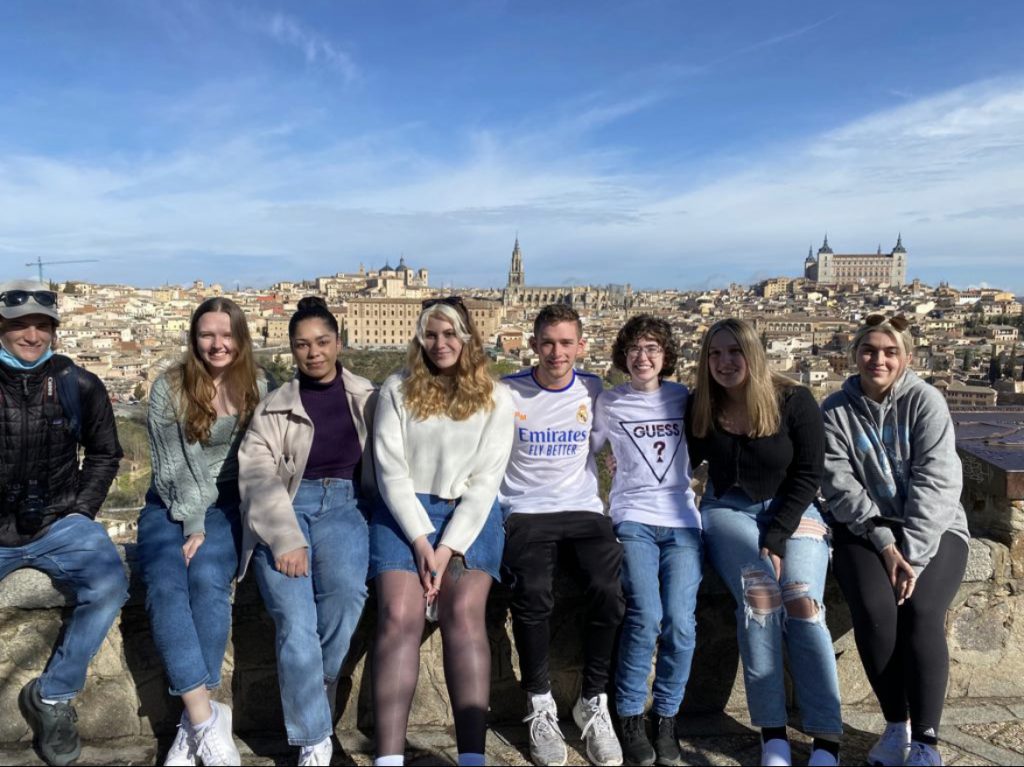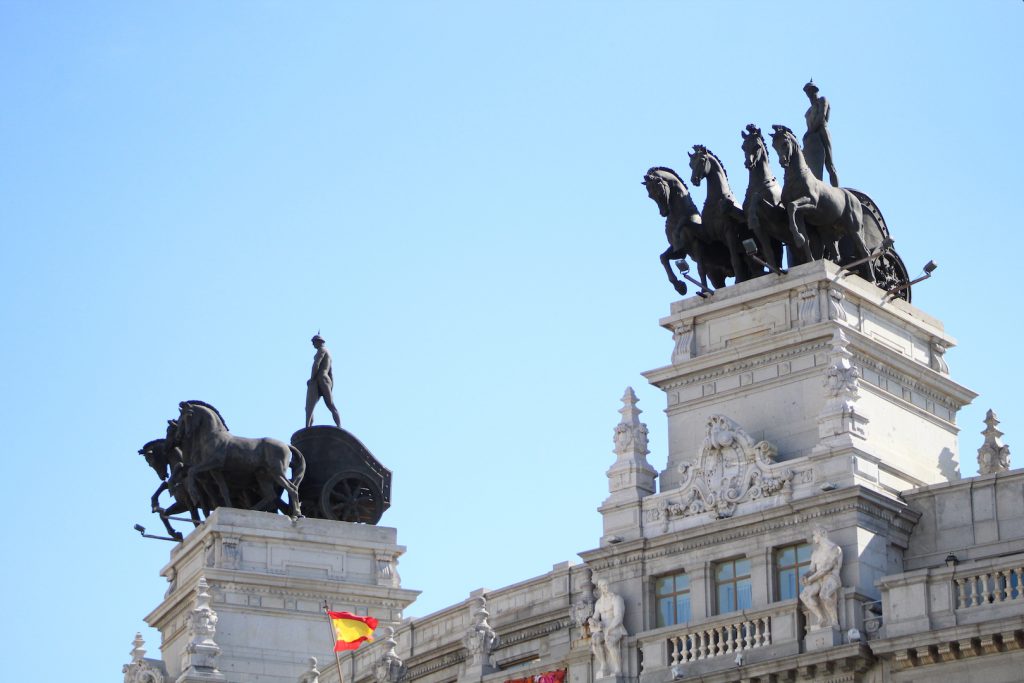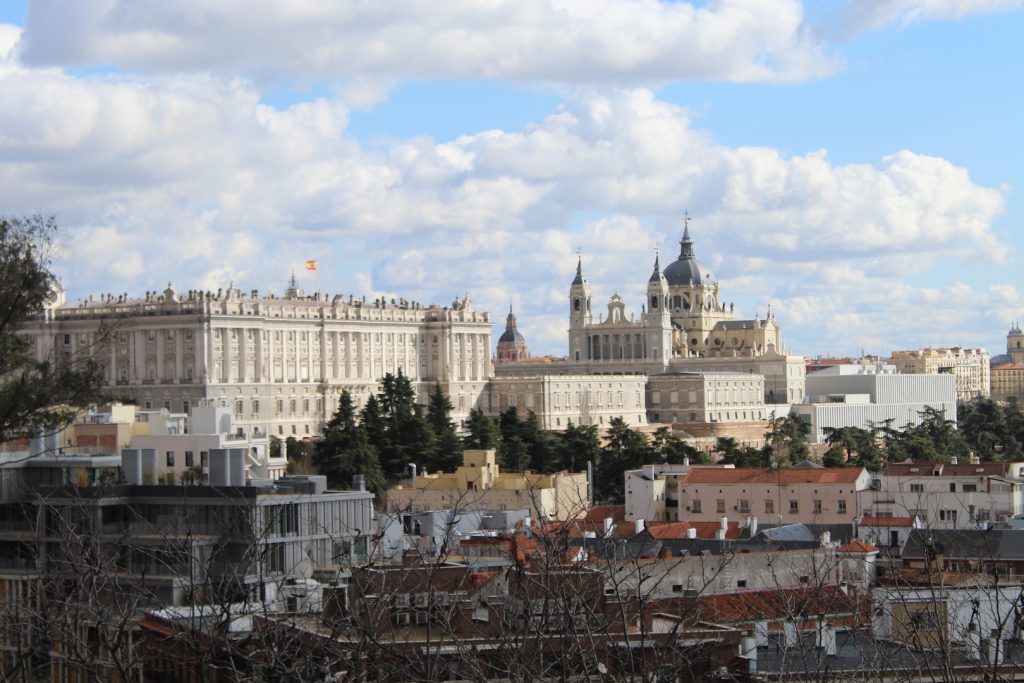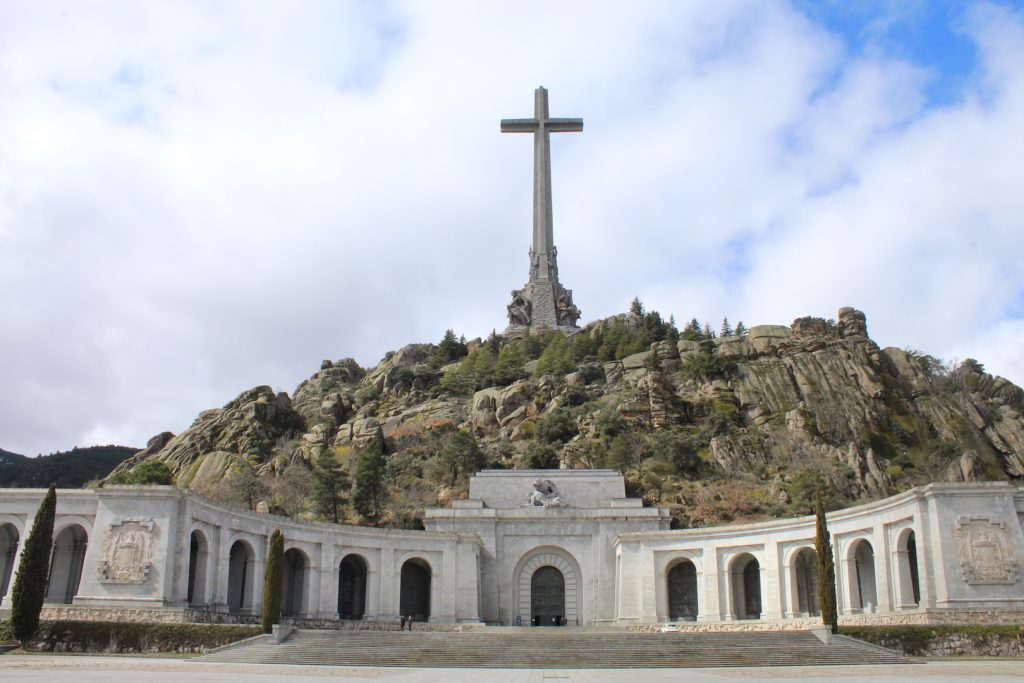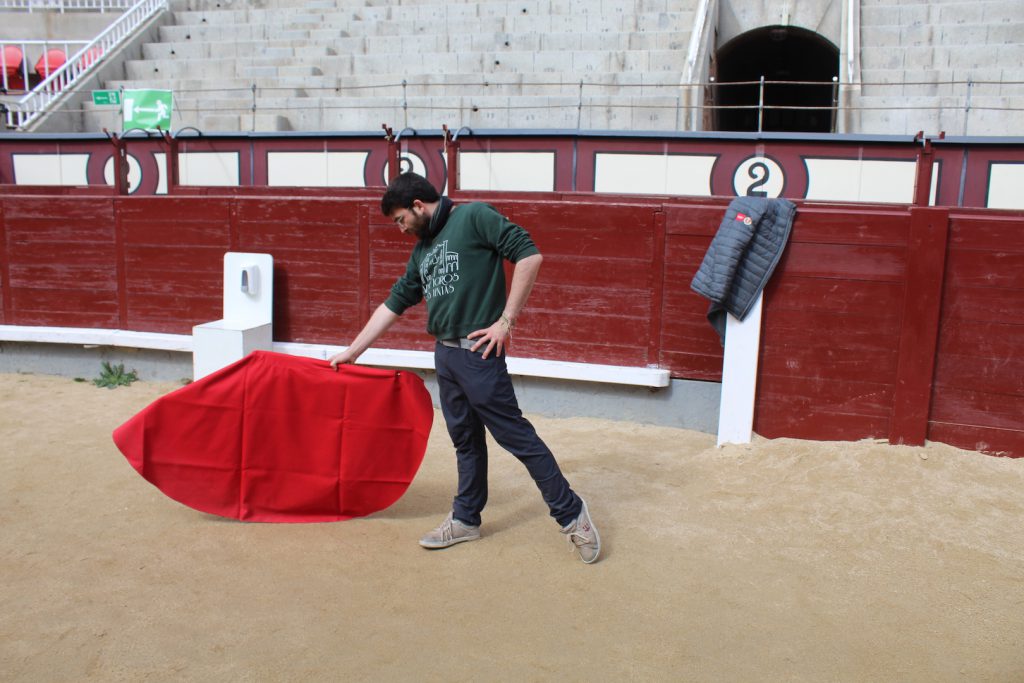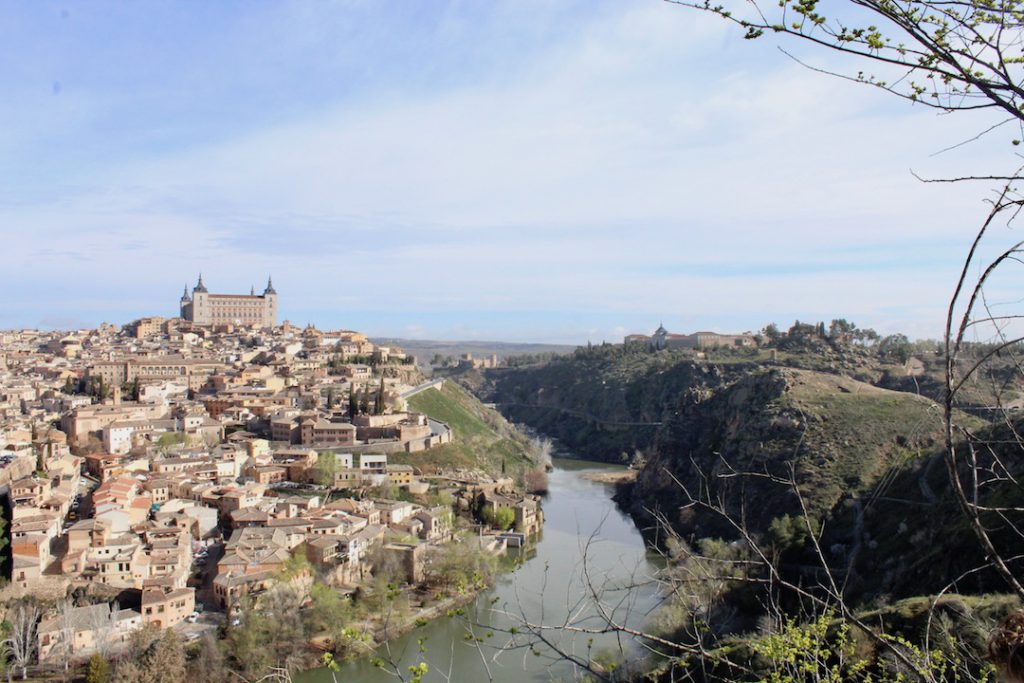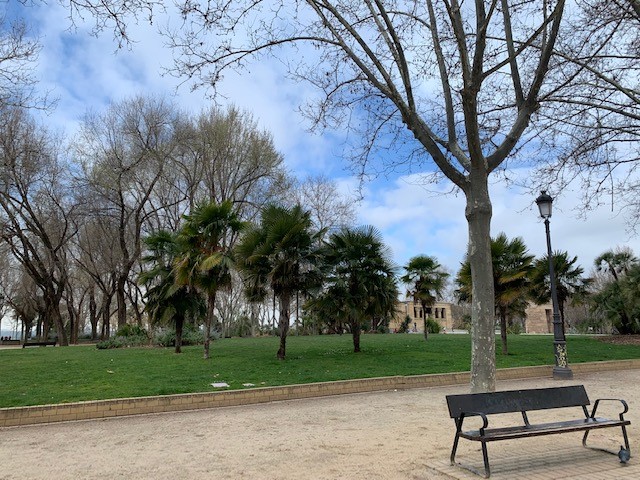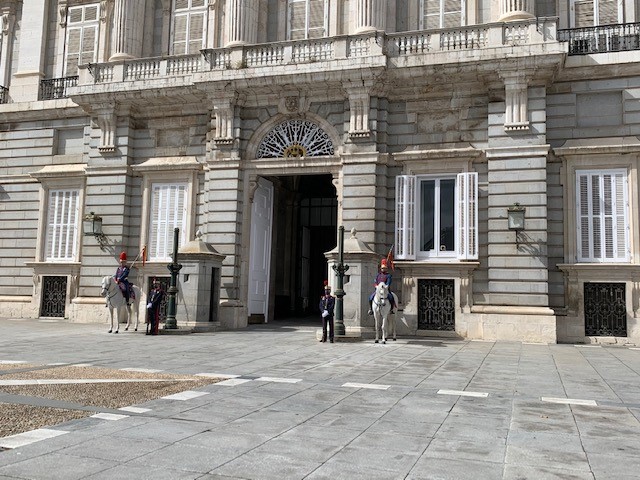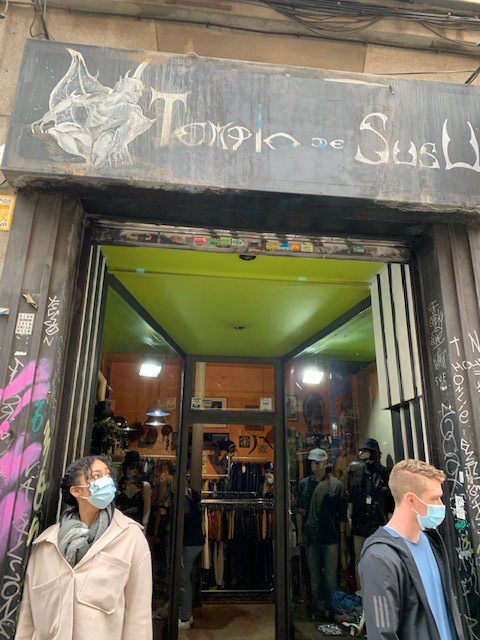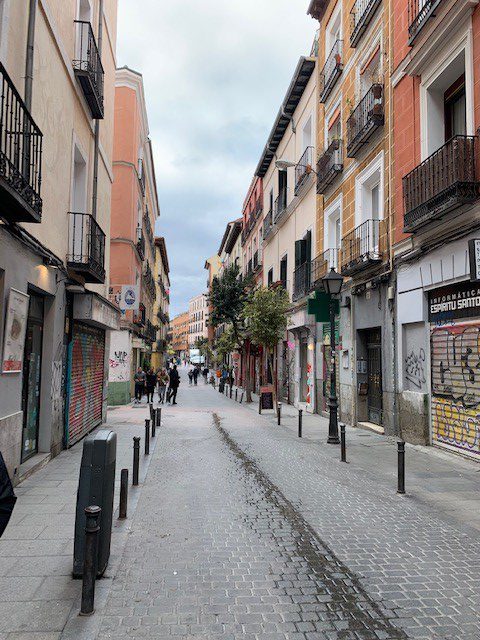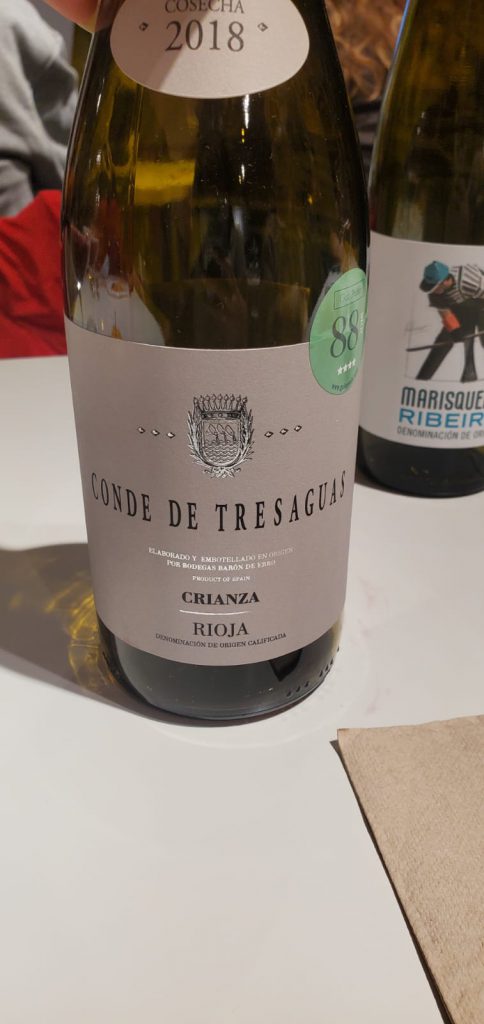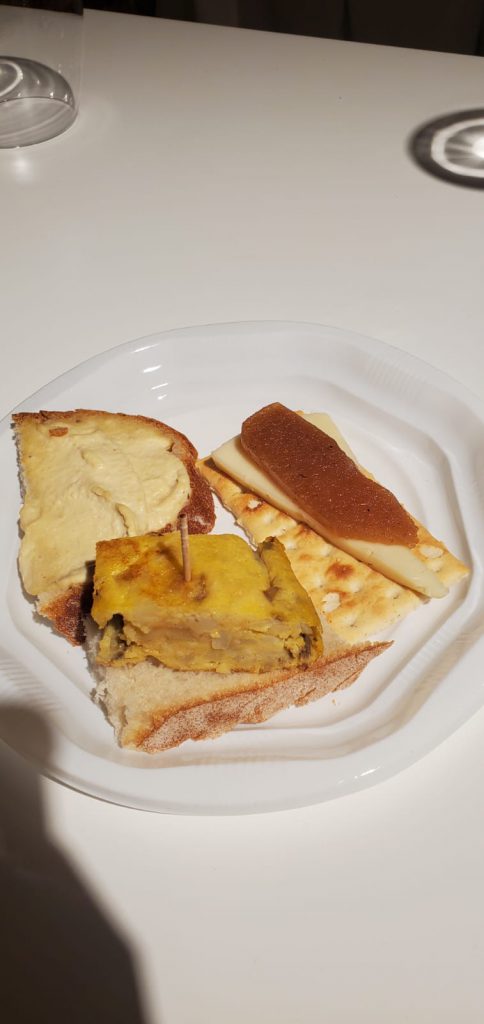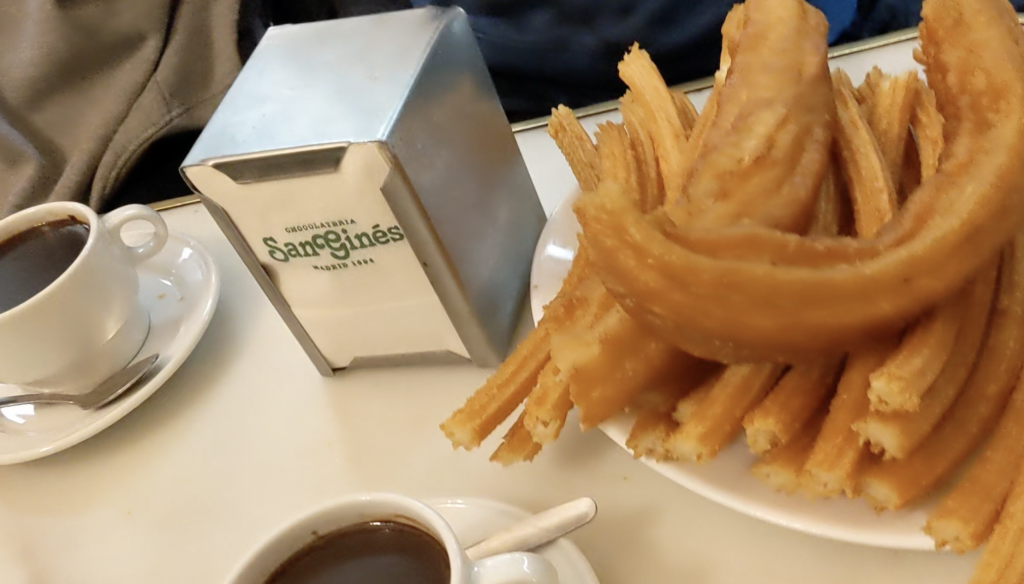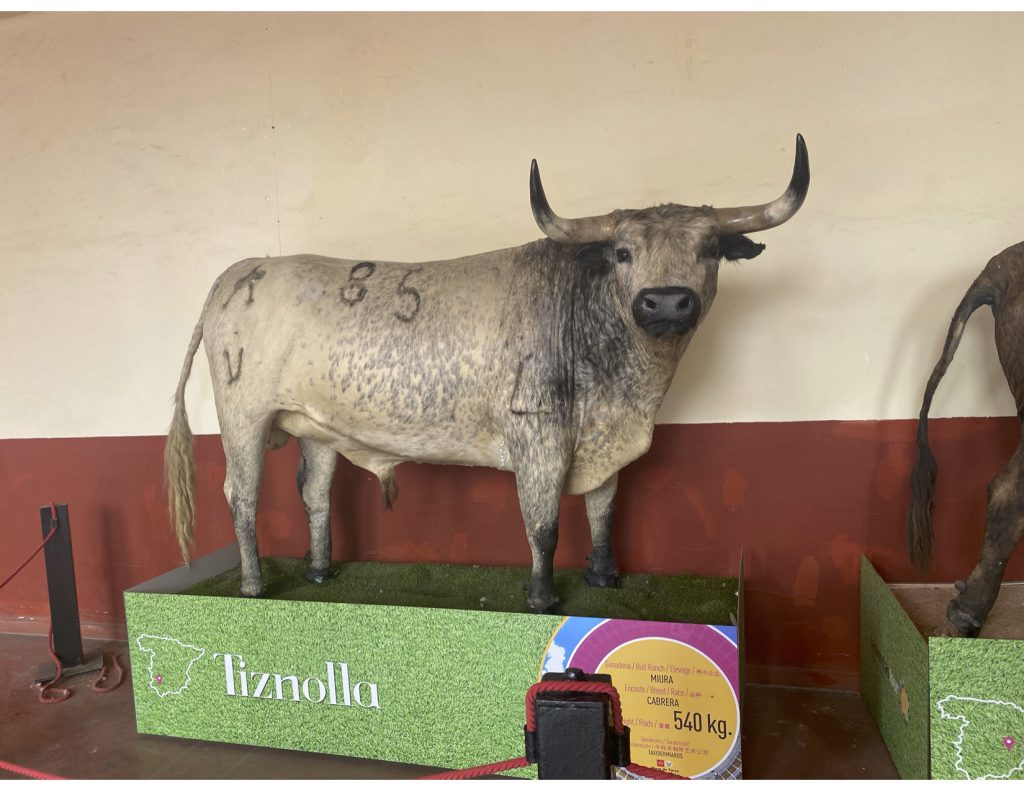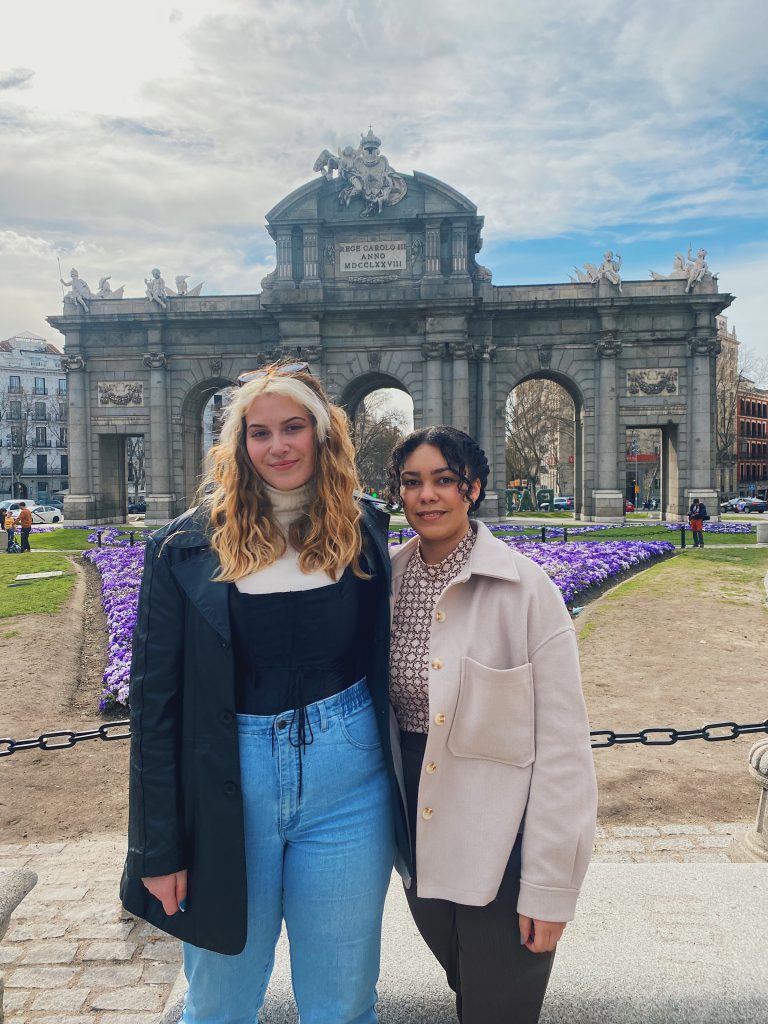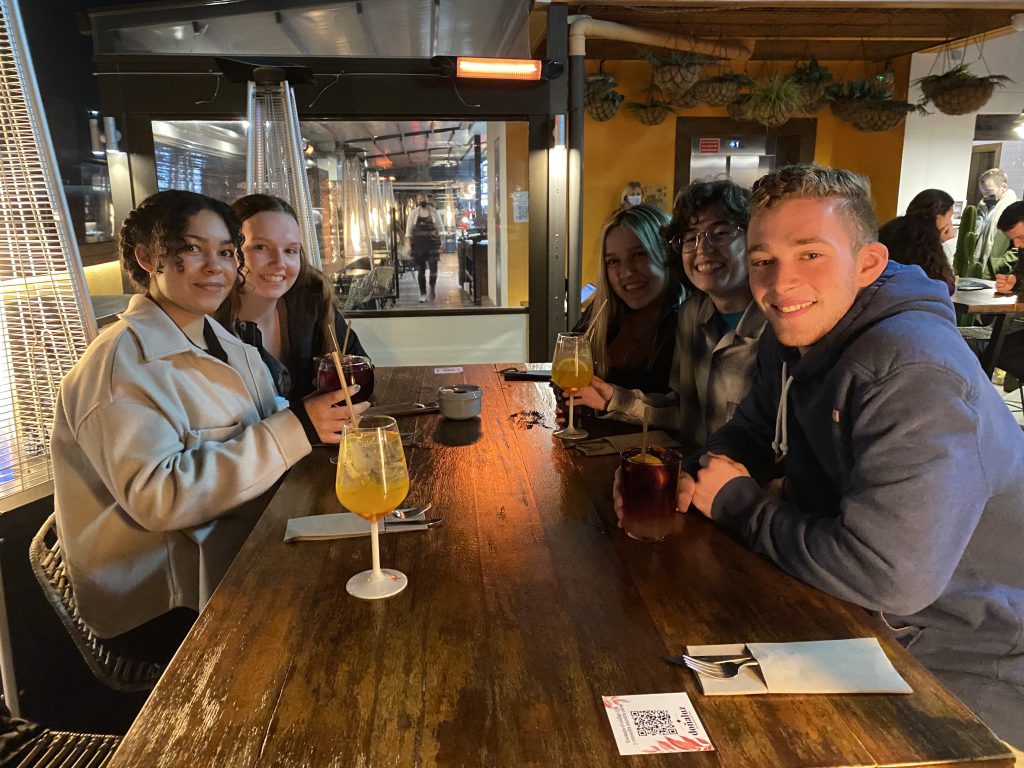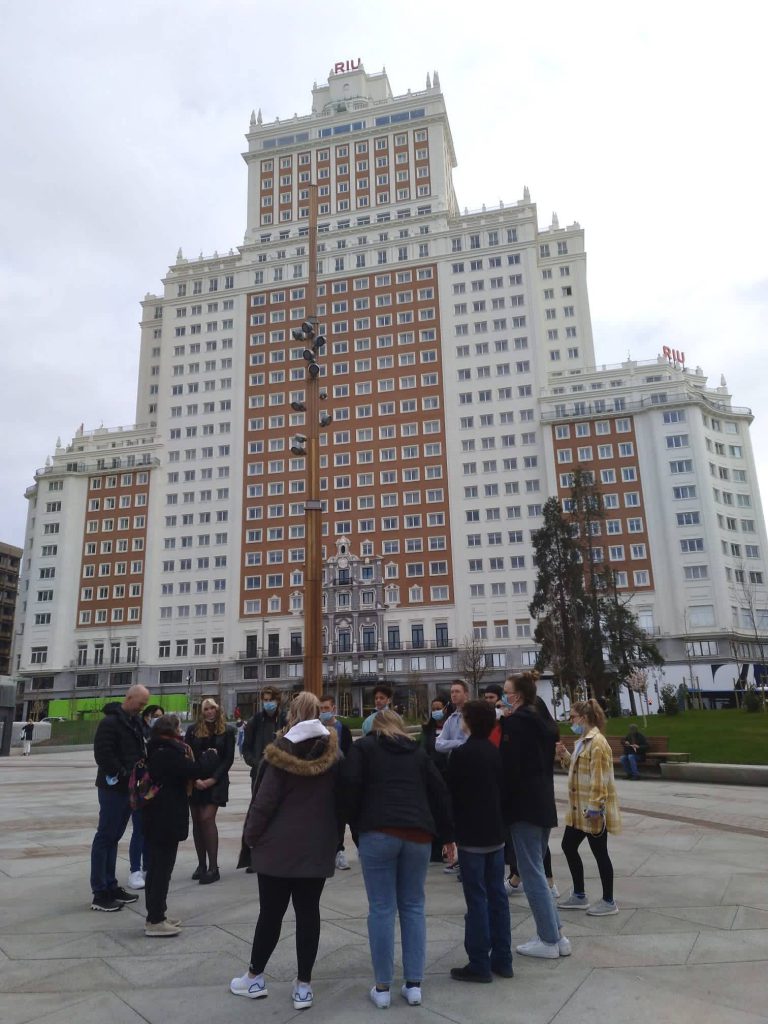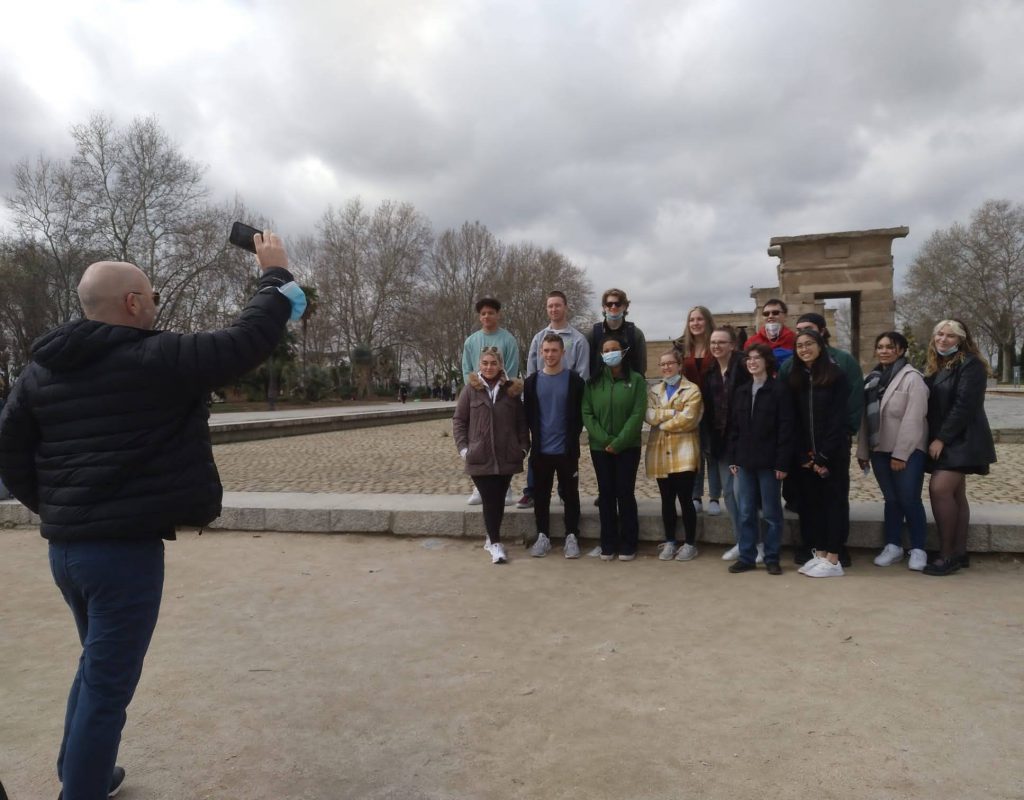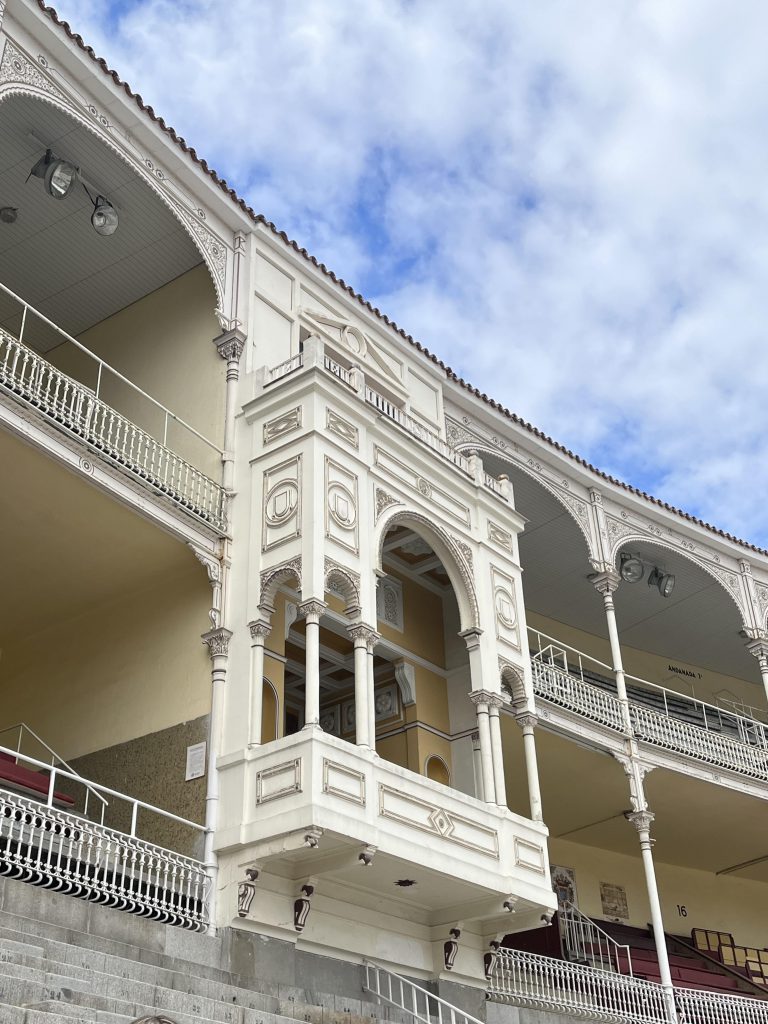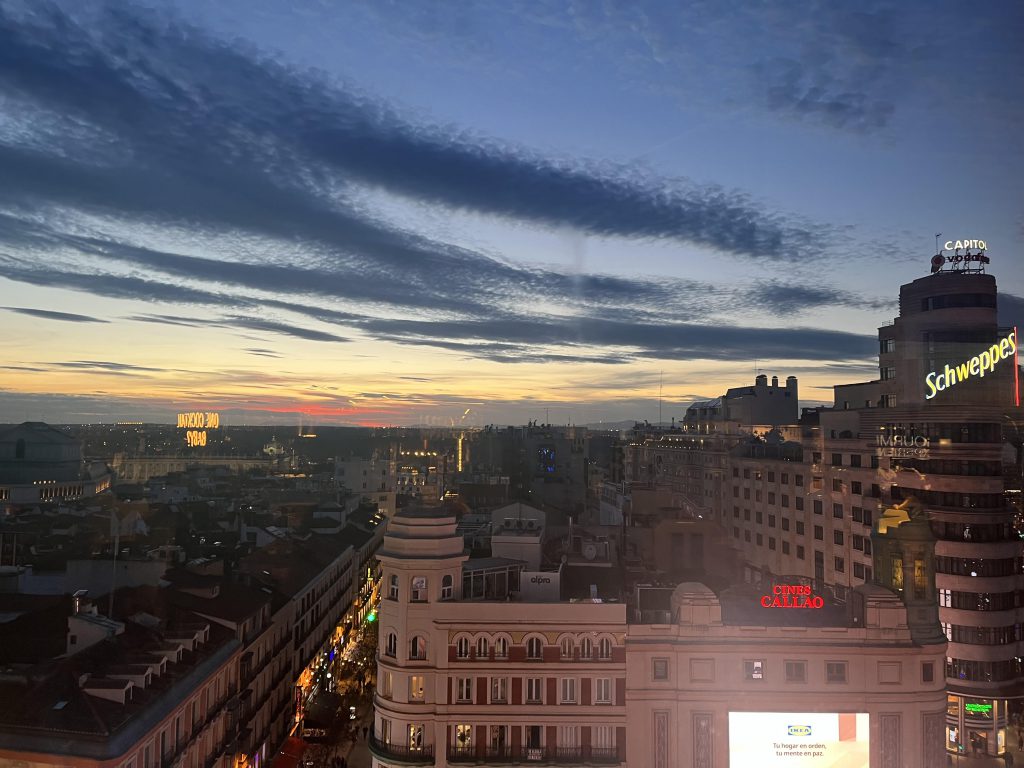
Today was an early day on our exploration of Madrid. I set my alarm for 8:30, planning to just roll out of bed and hop on the bus. Instead of exploring around Madrid, we visited the old capital of Spain: Toledo. The hour drive there was nice, as I was able to listen to an album I have been meaning to listen to forever, and as it was so early compared to our other days in Spain, no one was in the mood to talk. Once we entered the city, everyone began to marvel at the sight of it all. Compared to Madrid, Toledo had a much older and rustic look to it, which reminded me a lot of the time I was in Italy. As we drove up the winding streets, we approached a place to park where we could get out and take in the view.
Looking back on it now, it is tough for me to put into words on how beautiful the view was. Being able to see almost the entirety of the city was breathtaking. We were able to get plenty of photos up there, and once we got back from the trip, most of my friends ended up posting pictures from there since it was such a great view. Once we had spent ten or so minutes up there, we were gestured to get back on to the bus in order to continue the tour of the city.
The bus driver drove for about five or so more minutes before he stopped in front of a bridge, where the walking leg of the tour was going to start. As we started to walk up the city, I was in awe of how every single part of this city had an amazing view. Even when we later got to the center of Toledo where it was much more like an actual city, there were some pathways that led to spectacular views.
One of the first stops we took after we walked up the steep streets was a cathedral where the tour guide actually got married. This stop was quite short, as the staff there were setting up for a marriage ceremony. After we got kicked out, we went to an even larger cathedral known as Catedral de Toledo. What impressed me most about this stop was the architecture, from the stained glass to the carved figures on the wood. Every aspect about this cathedral impressed me. As we exited, we were able to see some paintings as well, along with the painted ceiling which reminded me of other stops we had taken on our trip.
Before we were let loose to find a place to eat, we checked out Museo del Ejercito, which focused around the Spanish military. When we entered it, we were able to see the remains of the original building that were destroyed during the Spanish Civil War. After the museum, we were let loose to figure out where to eat, so we ended up splitting up and my group of people decided to go to a Mexican restaurant. While it was decent, I was just happy to eat, as I was not able to hit breakfast before we left this morning. After lunch, we went back to the hotel. Since we had to travel back on Sunday, we were getting our COVID tests done today, and I hope that I never have to take one like that again.
Once we all had our tests and we found out none of us were positive, we broke off once again and I decided to try and hit the Prado before we left, but it was full, so we settled on going to La Reina Sofia museum again since Na’imah had not been yet. While we were cutting it close, we made it back to the hotel in time to meet for the API goodbye dinner. It was an overall great dinner, as I was able to spend it with all of the friends I made on this trip. I know this blog post is just about this day, but I am so grateful I was able to go on this trip and meet the people who went as well. Being able to explore a city over 3000 miles away from our school really bonds people together. This final dinner was the perfect wrap up of the trip before we all parted ways to go back home and eventually meet up again for our final meeting.
-Layne Thistlewood
